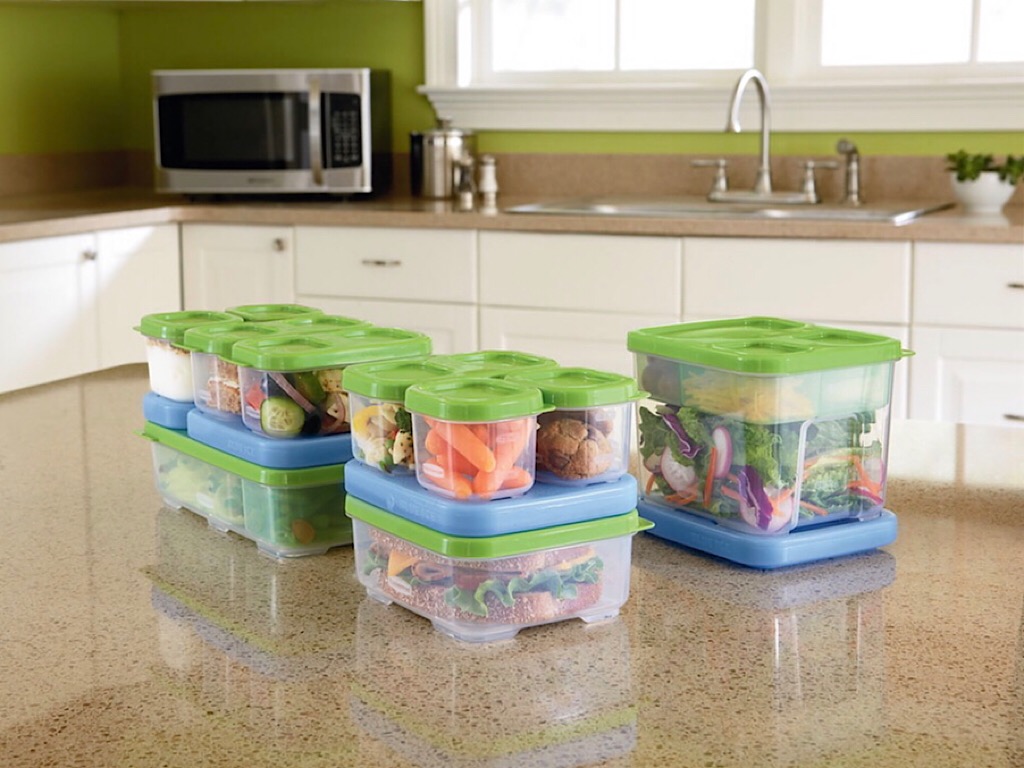2 Mins Read
“BPA-Free” is now a label you see plastered on many plastic containers on store shelves. Ever since information about the potentially toxic effects of the compound surfaced, plastic box manufacturers have been desperate to combat widespread fear amongst consumers. Now, a study has found that BPA-free does not necessarily translate to a safer product.
A compound found in resins and plastics, Bisphenol A or BPA, became demonised ever since knowledge about its endocrine-disrupting functions became well-documented. In particular, people became concerned about its potential to mimic the hormone estrogen – and how this could negatively impact reproductive, developmental and metabolic systems in living species. Mounting consumer pressure drove companies to shift away from using BPA, and develop new products using alternative chemicals that could be categorised as “BPA-free”.
Each BPA-alternative product still starts with “BP” because they share the same basic chemical structure of a bisphenol, and new versions only have slight differences. These compounds are everywhere too: from containers to cosmetics, vehicles, electronics, adhesives and pharmaceutical products.
The Washington State University study came about by accident. Geneticist Patricia Hunt and the team were exploring the reproductive effects of BPA in mice, and started to notice that the control group who were housed in BPA-free cages also showed genetic issues. The team of researchers came to discover that parts of the plastic cages had been damaged and was leaching bisphenol S – commonly known as BPS, one of the many BPA-alternatives that sprung up in the market.
After launching an examination into the effects of different BPA alternatives, Hunt’s research reveals that BPA-free plastic replacements impact reproduction in a similar way. While causal conclusions have yet to be drawn and comparisons in human studies have yet to be looked into in depth, these findings do suggest that alternatives to harmful chemicals in the commercial market might not actually pose fewer health risks for consumers. Hunt and her team found that BPA replacements are associated with disrupting the earliest phases of egg and sperm production, and this effect can be passed down to later generations.
The research adds to what we know about the negative impact of plastic. With its production being largely dependent on fossil fuels, plastic manufacturing releases greenhouse gas emissions contributing to global warming. Its environmental damage is extended when we consider ocean, wildlife and ecosystem pollution caused by plastic waste from single-use disposables. On top of all of this, there are likely repercussions on our health.
With virtually no legislation to regulate commercial products using BPA replacement compounds, the best way to avoid harmful chemicals is to eliminate plastics altogether. Opting for steel containers or glass jars instead of plastic, and ditch single-use disposables. Going plastic-free is better for the planet and for you.
Check out Green Queen’s Guide to Breaking Up With Plastic.
Lead image courtesy of Rubbermaid Products.




